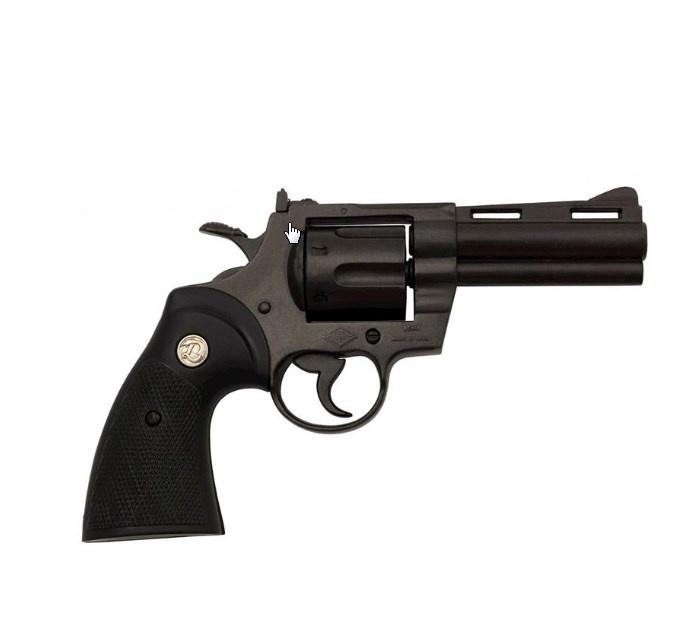Imitation tools and replica classic tools maintain an original devote equally history enthusiasts' choices and in contemporary popular culture. These reproductions are detailed recreations of traditional weapons, made to capture the aesthetic, feel, and design of unique weaponry from different eras. These generally include swords, daggers, firearms, and also armor, frequently patterned after artifacts from the Middle Ages, the Renaissance, or even ancient times. The goal of these reproductions differs generally; some are manufactured just for display, while others are meant for instructional use, reenactments, or movie productions. Therefore, reproduction tools have recognition for record devotees, cosplayers, and movie studios alike.
The method of making imitation vintage weapons requires careful study and craftsmanship. Artisans and producers go to great lengths to make
armi finte realistiche 
that every detail mirrors the originals, from the products applied to the shape and weight. Like, historical swords may be recreated with high-carbon steel to achieve the same stability and longevity because the old knives they emulate. This devotion to reliability will make replicas search and feel incredibly just like the unique parts, while certain changes may be made to generally meet contemporary protection standards.
Imitation firearms present a intriguing aspect of this niche, usually patterned following well-known parts from yesteryear, like flintlock pistols, muskets, or even Earth War-era firearms. These replicas are typically non-functional, constructed to stop them from used as true tools while still sustaining their old accuracy. This enables collectors and lovers to possess pieces reminiscent of the originals without the related security risks. Non-firing reproductions are frequently used in museums, educational adjustments, and stage activities, where traditional accuracy is essential.
The marketplace for replica old-fashioned tools has developed through the years, with an raising amount of companies providing equally mass-produced and custom-made pieces. Mass-produced replicas provide inexpensive choices for hobbyists and everyday collectors, while custom-made pieces, crafted by competent artisans, cater to critical collectors seeking a defined likeness of a old weapon. These custom reproductions in many cases are more costly and made with top quality resources, capturing the delicate details that produce the originals so remarkable.
In addition to collectors and history fanatics, several old reenactors invest in replica weapons to improve their costumes and provide a sense of authenticity to their performances. Reenactments, which can range from ancient tournaments to Progressive Conflict struggles, rely on correct reproductions to produce an immersive experience. In that context, the weight, balance, and look of the reproductions are essential in giving a reasonable rendering of record, even though the tools themselves are harmless.
Replica tools are also common in the picture and leisure market, wherever famous reliability and safety are of the utmost importance. Films, tv shows, and theater shows often use replicas to depict fights and tool handling with no dangers posed by true weaponry. Some reproductions may be modified for specific consequences or built to separate away in action scenes, increasing the reality of a creation without compromising the security of the actors.
Overall, replica traditional tools perform an essential position in keeping and celebrating old artistry while allowing people to properly interact with history. Whether as educational instruments, exhibit pieces, or realistic goods in reenactments and media, these reproductions function as a connection between past and provide, maintaining the legacy of ancient tools and their beauty alive for modern audiences. The rising fascination with traditional replicas shows a wider fascination with record and the enduring charm of items that connect people to various eras and cultures.

